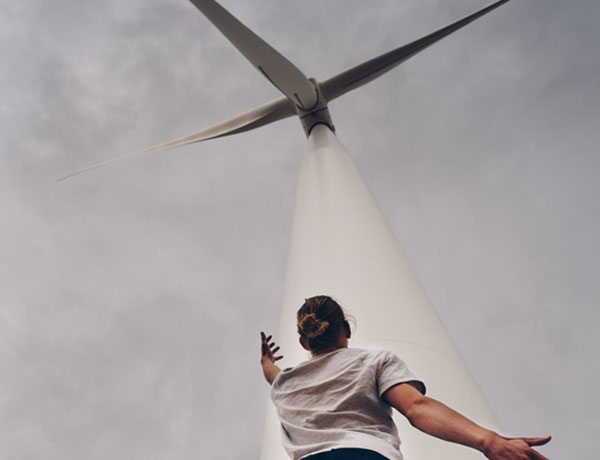How does wind energy work?
Wind power is one of the fastest-growing renewable energy technologies. Wind power or wind energy is the use of wind to provide mechanical power through wind turbines to turn electric generators for electrical power.
Wind farms consist of many individual wind turbines, which are connected to the electric power transmission network. Onshore wind is an inexpensive source of electric power, competitive with or in many places cheaper than coal or gas plants. Onshore wind farms have a greater visual impact on the landscape than other power stations, as they need to be spread over more land and need to be built away from the dense population. Offshore wind is steadier and stronger than on land and offshore farms have less visual impact, but construction and maintenance costs are significantly higher.



